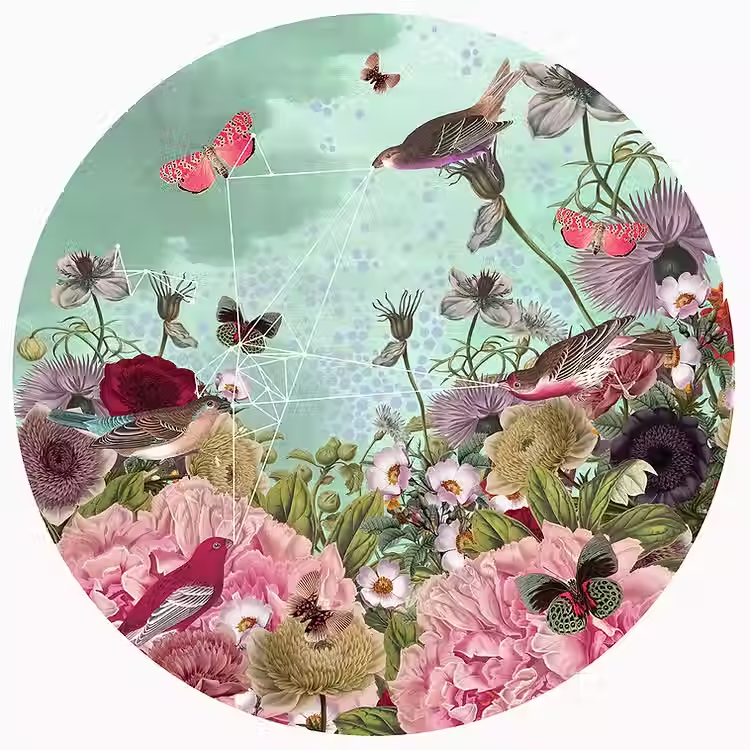Art Blog #48
- Paul Connor

- May 12
- 2 min read
Updated: Jun 2
The colour Green in art and it's symbolism.....

Green is everywhere. It covers forests, colors fields, soothes our eyes, and often symbolizes life. Yet this soft and radiant color carries a strange duality. A symbol of hope and renewal, it can just as easily embody jealousy, sickness, or poison. This ambivalence makes green a fascinating color, at the intersection of nature and culture, mysticism and science.

In art, the color green is often associated with nature, growth, and renewal. However, it can also evoke feelings of envy, greed, or even sickness. In the 20th century, green became a political symbol in many European countries, and today it is closely associated with environmental movements around the world.

Green, being the color of nature, represents growth, harmony, fertility, and freshness. It is the most restful and relaxing color to the eye optically due to its spectral wavelength

Interesting fact:
Cobalt Green was first introduced as an artist pigment at the beginning of the 19th century. However, it was not very popular among artists at the time, and it often continues to be overlooked in favour of brighter and less expensive green pigments. This article examines the three Cobalt Green pigments in use today and explores the unique characteristics they bring to modern artists’ palettes.
The first Cobalt Green pigment, a compound of zinc and cobalt oxides, was formulated in 1780 by Swedish chemist Sven Rinman. However, zinc oxide was being manufactured on a small scale at the time, so the pigment wasn’t introduced in commercial artists’ paints until the 1830s.

In Indonesia, green has been traditionally forbidden.
In the Middle East, green symbolizes luck, fertility, and Islam.
In Brazil, green is associated with nature and hope.
In Ireland, the color green is a symbol of patriotism, and it also represents St. Patrick’s Day.
In Israel, green is a sign of bad news.
In Egypt, the color green conveys hope and fertility.
In China, green means infidelity.
The combination of green and red stands for Christmas in Western cultures.
In Japan, the color green is associated with eternal life.

Green can, therefore, symbolise:
Hope
Rebirth
Transformation
Jealousy
Envy
Nature
Budding Love
Mother Nature



Comments